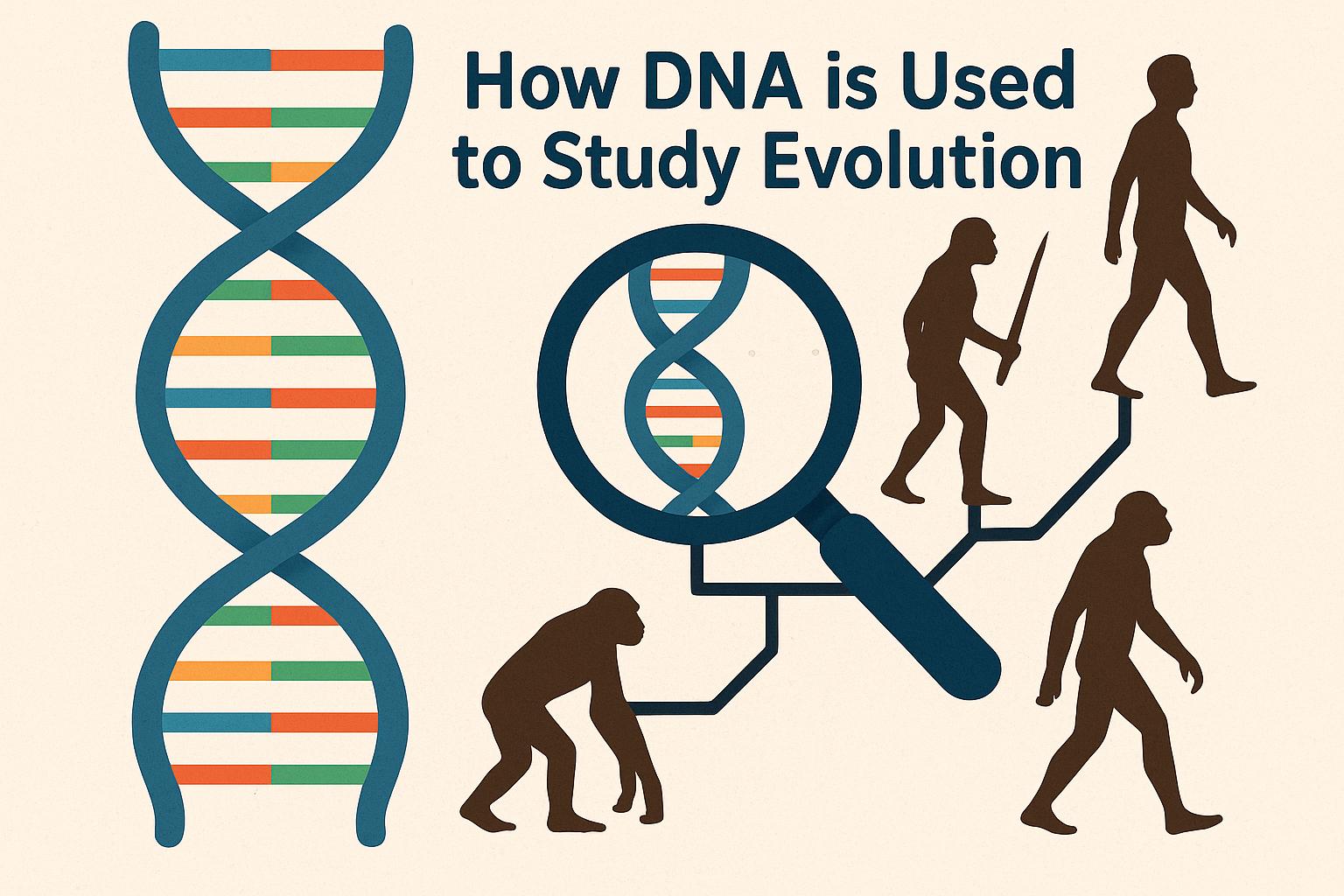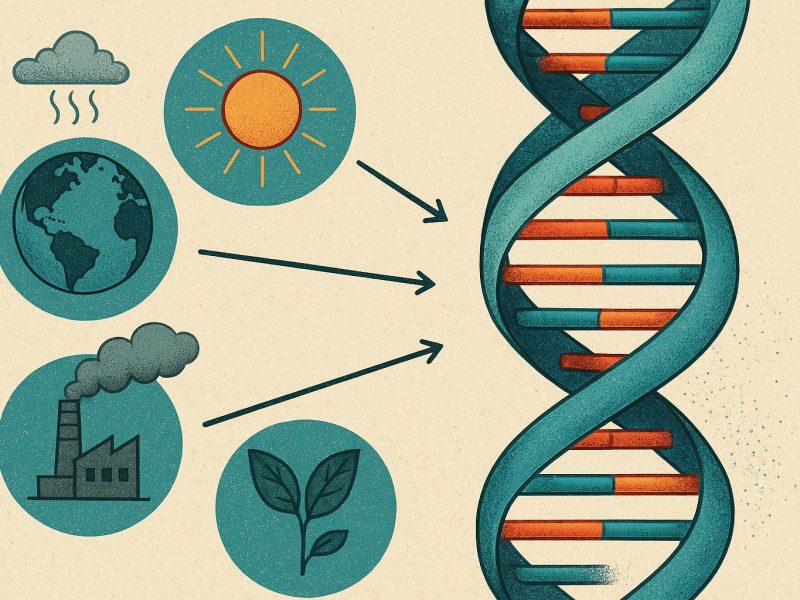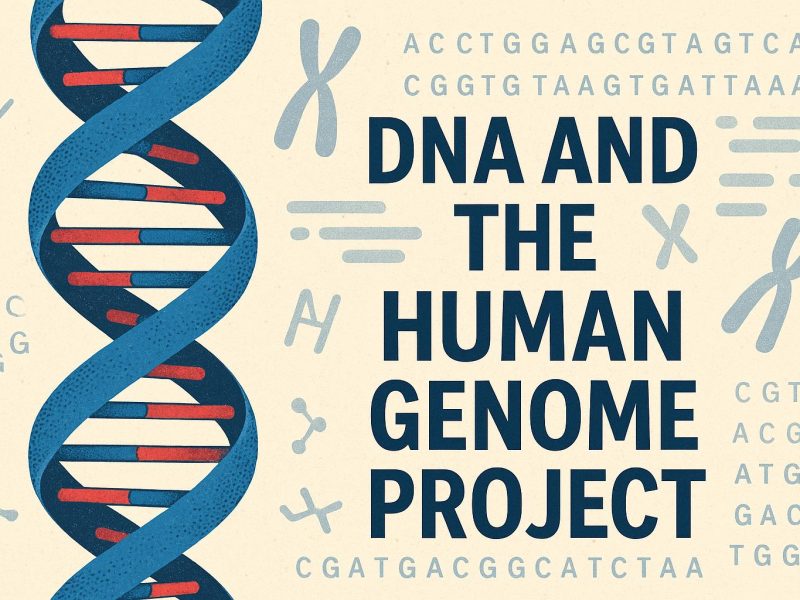The Role of DNA in Studying Evolution
DNA, the molecule carrying the genetic instructions for life, plays a crucial role in studying evolutionary processes. By comparing DNA sequences among different organisms, scientists can uncover the genetic changes that have occurred over time, offering insights into how species evolve. This fundamental aspect of biology not only helps us understand the diversity of life on Earth but also provides clues about the mechanisms that drive evolutionary change.
Comparative Genomics
Comparative genomics is a vital approach in contemporary evolutionary biology. The technique involves analyzing and comparing the DNA sequences of different organisms to pinpoint both similarities and disparities. These comparisons enable researchers to delve deeper into the relationships between different species. For instance, by scrutinizing the genomes of humans and chimpanzees, scientists have discerned that these species share approximately 98-99% of their DNA, which underscores their close evolutionary kinship. Such findings not only shed light on common ancestry but also highlight the subtle genetic differences that account for the varied traits and behaviors observed between species.
Moreover, comparative genomics extends beyond simply recognizing shared genetic components. It includes efforts to characterize the functional significance of these components. By identifying conserved genetic elements—those that have remained relatively unchanged through evolutionary history—scientists gain insight into vital biological functions that have withstood selective pressures. Additionally, this approach helps in identifying the genes responsible for particular adaptations, thereby piecing together the evolutionary narratives of different organisms.
Mutation and Variation
Mutations are pivotal in the evolutionary narrative, serving as the raw material from which evolution crafts the diversity of life. Essentially, mutations introduce variations in the genetic blueprint of organisms. Although these changes occur randomly, over generations they can accumulate, potentially leading to new traits or even new species. Mutations can be advantageous, neutral, or detrimental. Those that offer a survival or reproductive advantage may become prevalent within a population over time, a process known as natural selection. Conversely, harmful mutations may be weeded out, while neutral mutations may persist without any significant impact.
The scrutiny of genetic variations allows scientists to track evolutionary trajectories. By studying how specific mutations spread or diminish within populations, researchers can infer the historical and environmental factors that influenced evolution. Additionally, understanding the rate and types of mutations provides insights into how quickly genetic changes can occur, informing models of evolutionary dynamics.
Phylogenetic Trees
DNA analysis is indispensable for constructing phylogenetic trees, visual representations of the evolutionary interconnectedness among different species. These diagrams are grounded in genetic similarities and differences, guiding scientists in unraveling the shared ancestries of various organisms. As genetic technology progresses, the accumulation of DNA data continually refines these trees, enhancing their accuracy and resolving previously ambiguous evolutionary relationships.
Phylogenetic trees are more than mere academic constructs; they offer a comprehensive view of life’s history on Earth. They provide a framework for categorizing biodiversity and understanding the distribution of traits across species. By laying out a timeline of divergence, these trees elucidate the sequence of branching events that have given rise to the myriad forms of life present today. Phylogenetic analysis also assists in predicting unknown characteristics and behaviors of organisms based on their position within the tree.
Molecular Clocks
To gauge evolutionary timelines, scientists employ the concept of a molecular clock. This technique hinges on the notion that certain DNA segments accrue mutations at a relatively steady rate over time. By tallying the genetic alterations in these segments, researchers can estimate the time frame within which two species diverged from a shared progenitor. This method has proven effective in dating significant evolutionary occurrences, such as the split between humans and other primate lineages.
The utility of molecular clocks extends beyond mere dating; they provide a temporal context for evolutionary processes. By integrating molecular clock data with fossil records and other historical evidence, scientists can form a cohesive narrative of evolutionary history. This, in turn, aids in reconstructing ecological shifts, migrations, and adaptations that have shaped the Earth’s biodiversity.
Advancements in DNA Sequencing
The field of evolutionary biology has witnessed transformative advancements with the advent of modern DNA sequencing technologies. Techniques like next-generation sequencing have ushered in an era where entire genomes can be swiftly sequenced at a fraction of the previous costs. The increased accessibility and affordability of these technologies have significantly broadened research horizons, allowing scientists to delve into the genomes of non-model organisms and explore the full spectrum of biological diversity.
This technological leap has implications beyond academic inquiry; it enhances our capacity to comprehend and mitigate threats to biodiversity. With more accurate genetic data, conservation efforts can become more targeted and effective. For example, identifying genetic bottlenecks in endangered populations can inform breeding programs designed to enhance genetic diversity and resilience.
Furthermore, these advancements in sequencing technology have democratized genetic research, enabling collaboration across disciplines and geographic boundaries. As researchers around the globe contribute to an ever-expanding repository of genomic data, the potential for groundbreaking discoveries in evolution and beyond continually grows.
For further reading on DNA and evolution, you can find resources at the Nature website and explore more in-depth scientific articles.
In conclusion, DNA stands as a cornerstone of evolutionary biology, offering profound insights into the mechanisms and history of life on Earth. Through methodologies like comparative genomics, mutation studies, phylogenetics, and molecular clock analysis, scientists unravel the complexities of evolutionary change. Coupled with the revolution in sequencing technologies, the study of DNA continues to illuminate the path of life’s evolution, enhancing our understanding of the past and informing our actions for the future.



